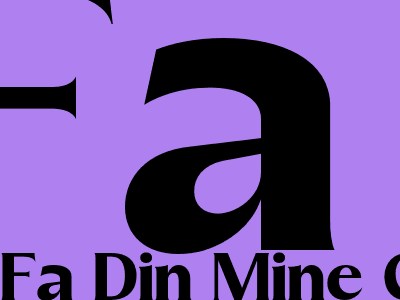Using Header Tags to Structure Your Content
What Are Header Tags?
Header tags are HTML elements that define the headings and subheadings within a web page. They range from
to , with representing the most important heading and representing the least important. Why Are Header Tags Important?
representing the most important heading and representing the least important. Why Are Header Tags Important?
Why Are Header Tags Important?
Header tags serve several important purposes:
- Improved readability: Headings break up text into logical sections, making it easier for readers to skim and find the information they need.
- SEO benefits: Search engines use header tags to understand the structure and hierarchy of your content, which can improve your rankings in search results.
- Accessibility: Header tags help assistive technologies, such as screen readers, to navigate and understand your content, improving accessibility for users with disabilities.
How to Use Header Tags Effectively
To use header tags effectively, follow these best practices:
- Use a clear hierarchy: Header tags should be used in a logical order, with
for the main heading and subsequent tags for subheadings.
- Keep it concise: Header tags should be brief and descriptive, accurately reflecting the content of the section they introduce.
- Use keywords: Include relevant keywords in your header tags, as search engines may use them to index your content.
- Avoid overuse: Do not overuse header tags. Too many headers can make your content difficult to read and confuse search engines.
Conclusion
Header tags are a crucial element of web content that improve readability, SEO, and accessibility. By using header tags effectively, you can create well-structured, easy-to-navigate content that ranks well in search results and provides a positive user experience.

Komentar